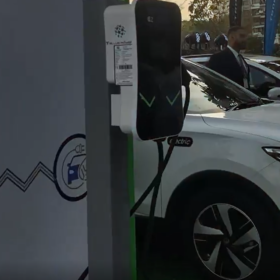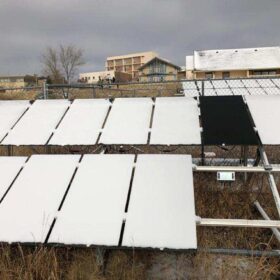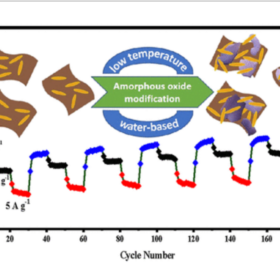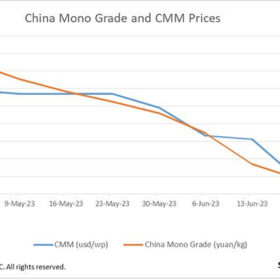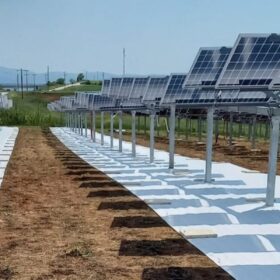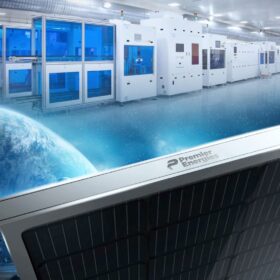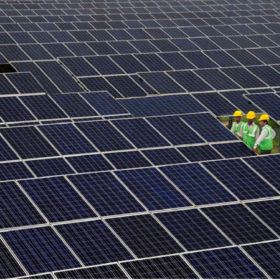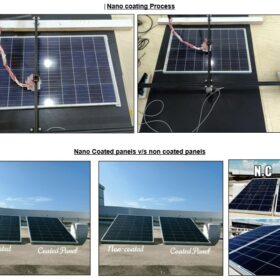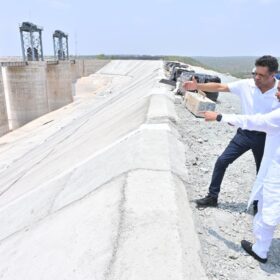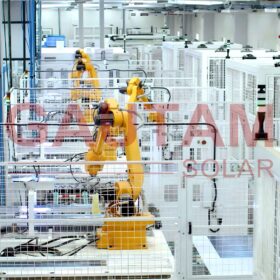Sodium-ion vs lithium-ion batteries
Lithium-ion batteries remain the preferred choice for electric mobility applications in India due to their higher energy density, well-established infrastructure, and safety record. However, the development of sodium-ion batteries continues, and they may have potential advantages in terms of cost and environmental impact, making them a promising alternative in the future.
All antireflective solar module coating techs at a glance
Scientists in the United Kingdom have investigated the durability and performance of all antireflecting coatings for solar modules and said further work is needed to improve industry standards. Their review addresses single-layer and multi-layer techniques and provides insight on their costs and viability.
New high-performance anode material for lithium-ion batteries
Indian researchers have synthesized an amorphous manganese dioxide-modified iron oxyhydroxide ternary composite as an anode material for lithium-ion batteries. The ternary composite anode exhibited stable cycling performance at high rates.
Dutch government allocates €412 million to support ‘circular’ PV panel manufacturing
The Dutch cabinet said it will support solar factories that will produce panels with a circular economy approach. It also allocated €296 million to support battery manufacturing.
China polysilicon price fall decelerates as it reaches ground-floor
In a new weekly update for pv magazine, OPIS, a Dow Jones company, provides a quick look at the main price trends in the global PV industry.
Developer using membranes to increase bifacial solar module yield by 6.4%
Germany-based Solar Kapital has used membranes at three of its PV plants in Greece. It claims that the payback time of the new solution is relatively short.
Govt releases incentive guidelines for green hydrogen, electrolyzer production
The Ministry of New and Renewable Energy (MNRE) has notified the guidelines for its incentive schemes to promote the domestic production of green hydrogen and electrolyzers.
Premier Solar, Amara Raja Infra JV wins $130 million contract in Bangladesh
Premier Solar Powertech, in a joint venture with Amara Raja Infra, has secured a $130 million PV contract in Bangladesh. The company will provide technical support and supply 140 MWp of high-efficiency solar panels to the project.
Avaada Group closes $1.3 billion funding round
The integrated energy company has closed $1.3 billion in financing for its green hydrogen, green methanol, green ammonia, solar manufacturing, and renewable power generation ventures.
New nanocoating to improve solar module output
India’s TriNANO Technologies has developed a nanocoating for solar modules that reportedly increases the panel’s power generation by up to 4% owing to its light trapping, anti-reflection and self-cleaning properties. It also lowers the panel temperature by 2-3 degrees Celsius compared to non-coated panels.
